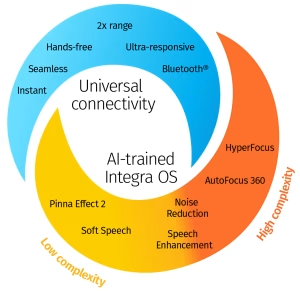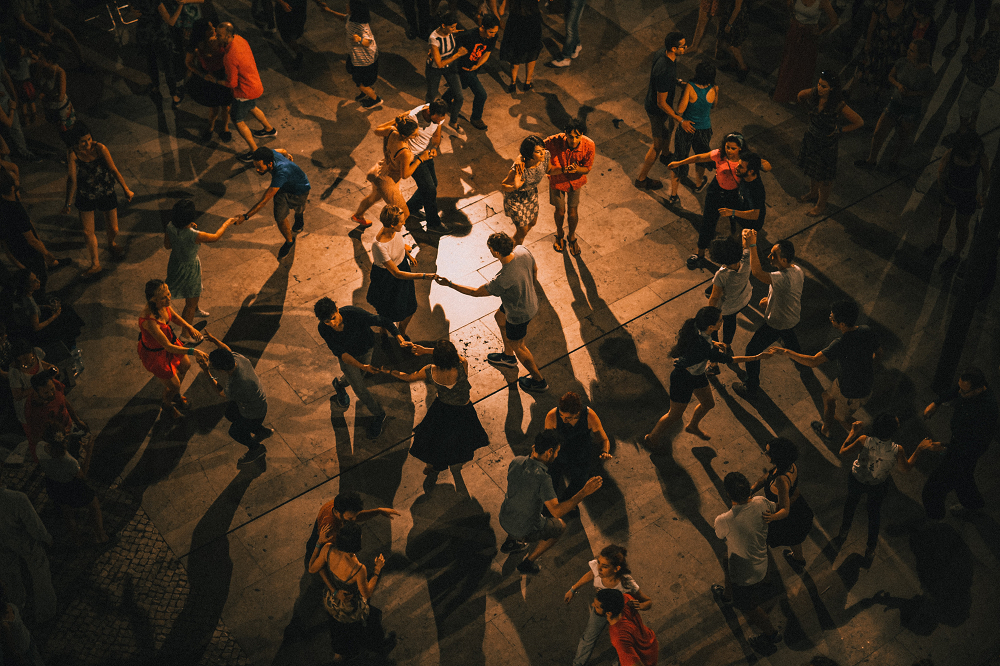

If anyone has been to a popular music concert of almost any genre, then you have seen how the crowd goes wild when the DJ turns up the bass. I could make a joke here about Meghan Trainor and “it’s all about the bass, ‘bout the bass, no treble”; but I won’t. Mostly because I am not very funny, and I want you to keep reading.
The results were published in Current Biology and showed that participants danced almost 12% more when researchers introduced a low-frequency bass (one that could not be heard by the dancers).
“They couldn’t tell when those changes happened, but it was driving their movements,” neuroscientist David Cameron of McMaster University, who led the study, told AFP. The results confirm the special relationship between bass and dance. In many cultures and traditions around the world, “it tends to be the low-frequency instruments like the bass guitar or the bass drum, that give the pulse of the music”; that get people moving. “What we didn’t know is, can you actually make people dance more with bass?” said Cameron.
Cameron was impressed with the effect.
His theory was that even when undetected the bass stimulated sensory systems in the body such as the skin and the vestibular system (the inner ear). These systems have a close connection to the motor system, but in an intuitive way that bypasses the frontal cortex. The researchers believe this represents an unconscious effect on behavior, possibly via vestibular and/or tactile processing. The implicit nature of the response suggests the involvement of subcortical pathways from sound to behavior. This in turn suggests a fundamental aspect of human music cognition and dance behavior.
“It is below the level of consciousness”, says Cameron. “I’ve always been interested in rhythm, and what makes us want to move.” Most theories revolve around the idea of social cohesion. “When you synchronize with people, you tend to feel bonded with them. You feel good afterward.” By making music together you feel better as a group, “then we function better as a group and we can be more efficient, and we can have more peace.”
Like so many things that fall under the very large umbrella that is “health and healthcare”, there are connections. Different systems in the body influence one another. Thoughts influence behavior. Feelings influence thoughts. Both influence how we experience our health; how we would describe our quality of life. The ability to hear, one we often take for granted, is a large part of that.
So get up and dance. Move like no one is watching. Raise your heart rate. Smile. Sing along and turn up the bass. But don’t forget your hearing protection! 🙂
Thanks for reading. Enjoy
Karen (edited by Kim)
Powered By SinglerDesign.com